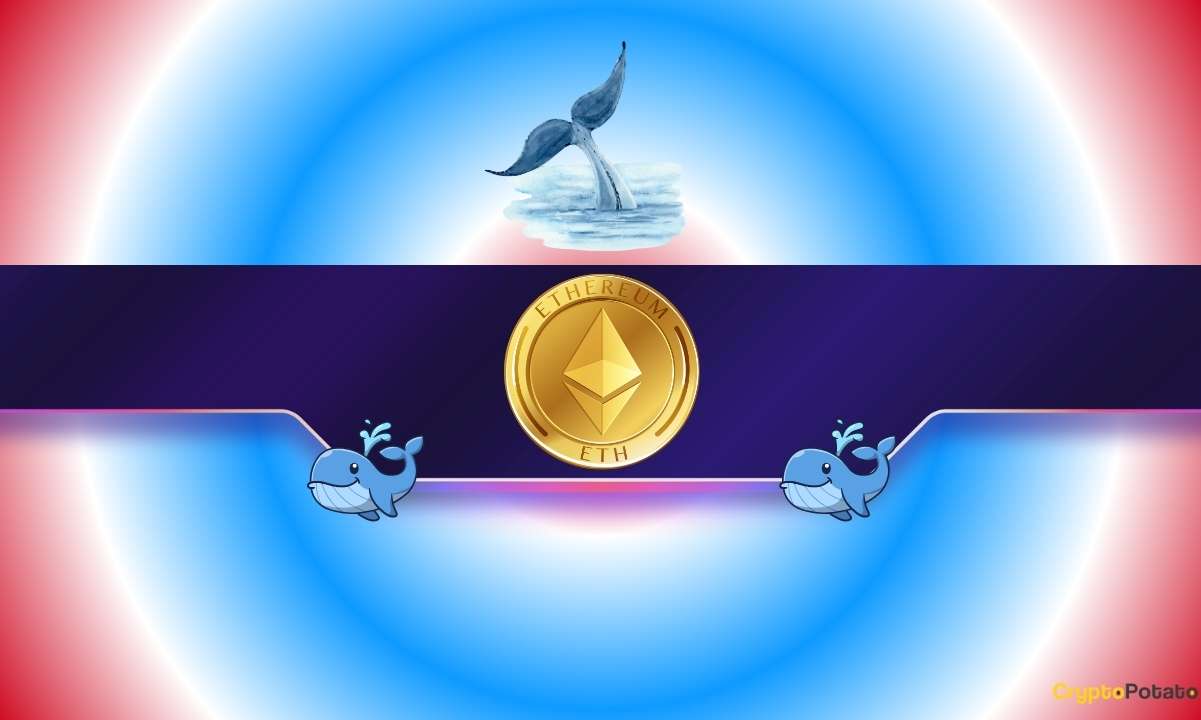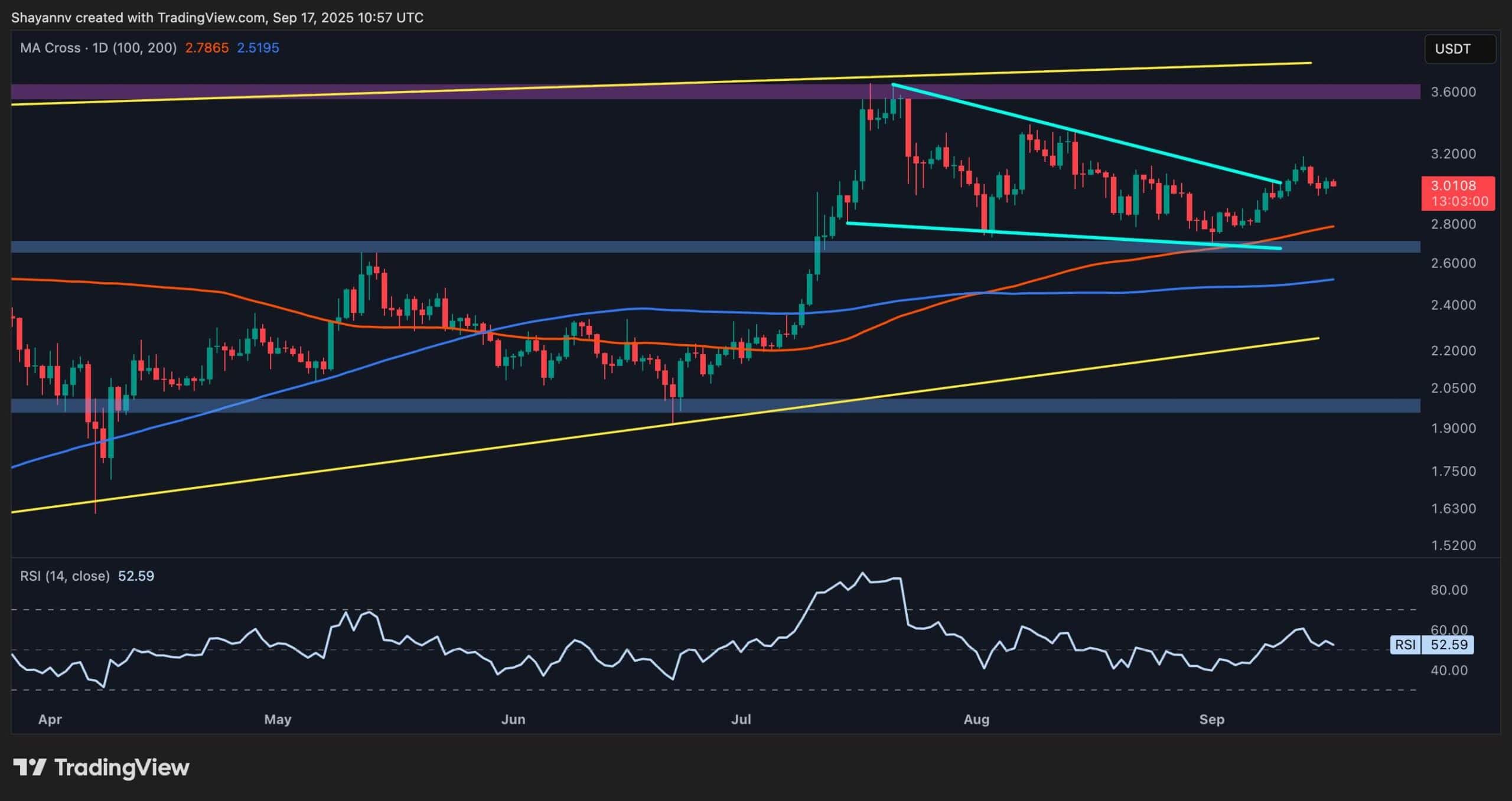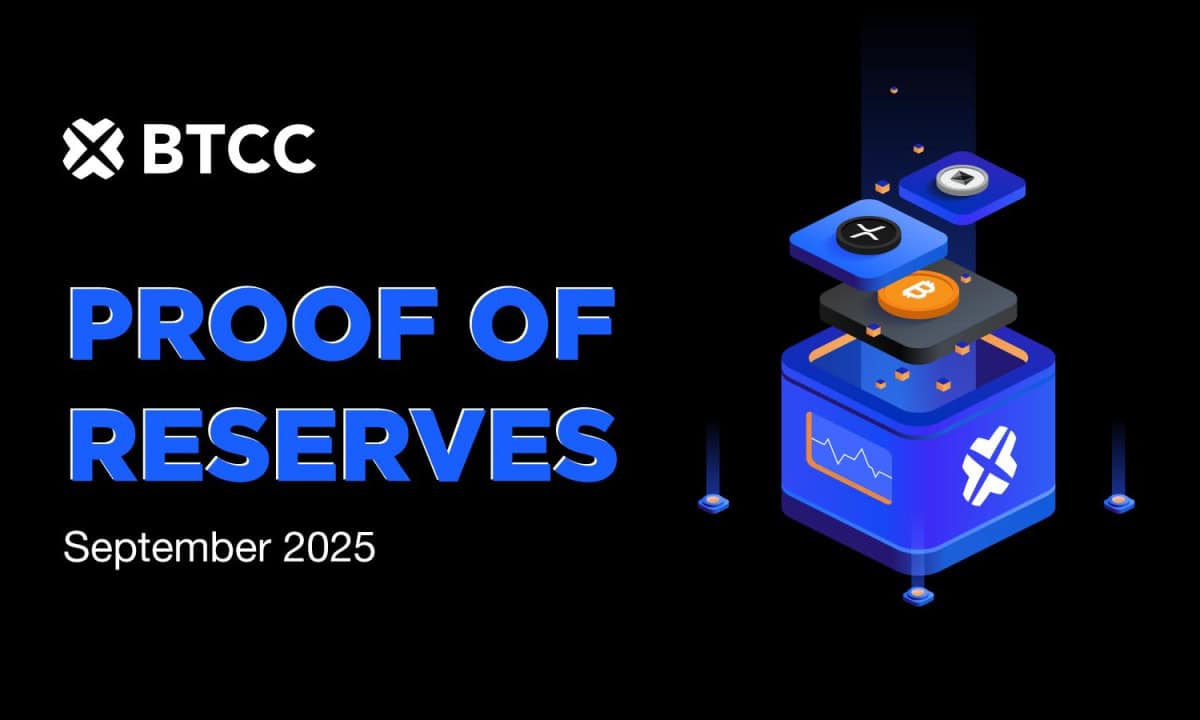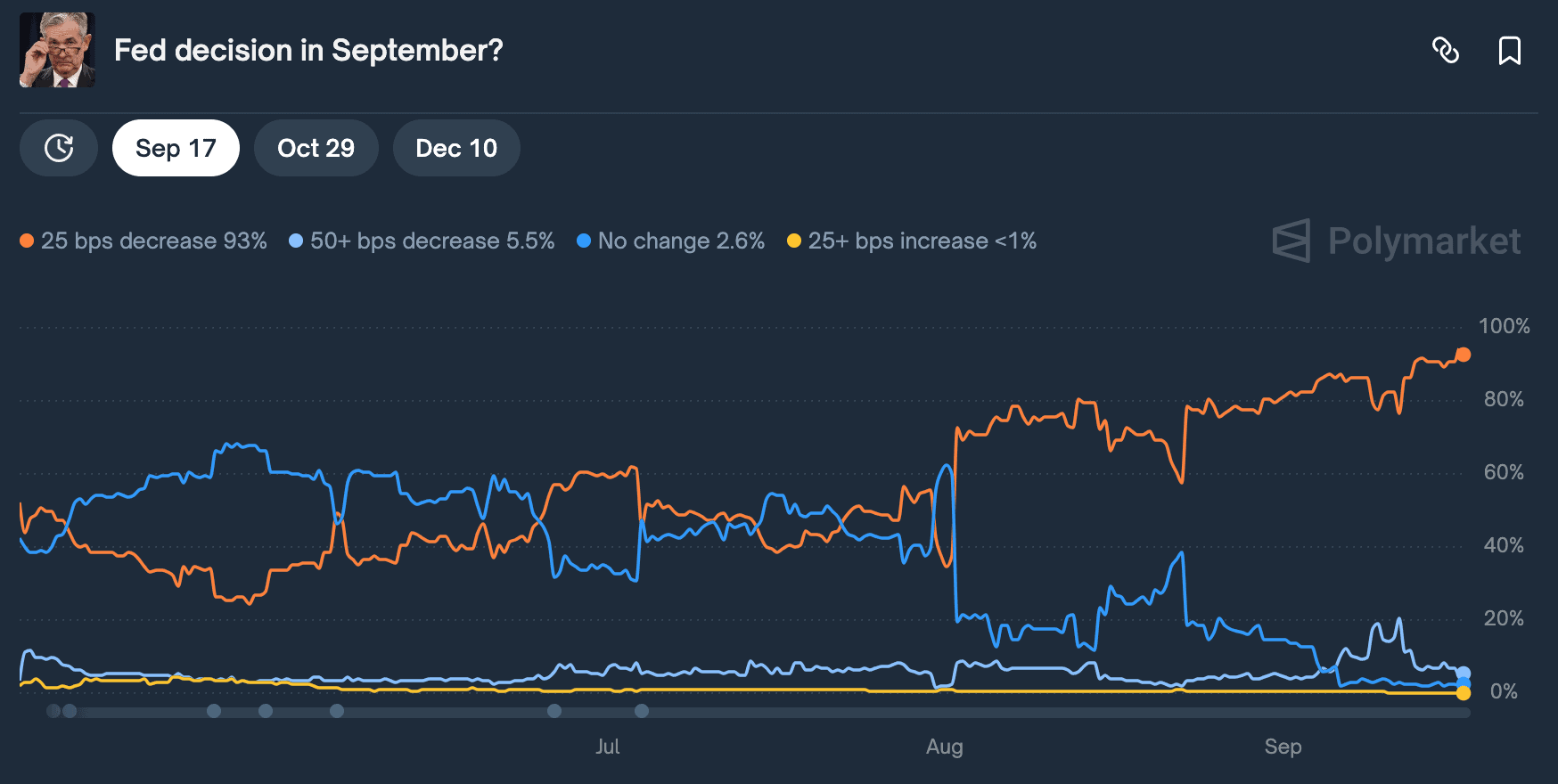Why Mine Bitcoin Or Stake Ethereum, When Bitcoin Spark Makes It Much Easier?
Cryptocurrency mining or staking has become a popular way of engaging with cryptocurrency to earn rewards. Bitcoin Spark enters with an innovative approach that promises to make the process 100 times easier.
In a landscape dominated by complexity, what if there was a simpler and more efficient way to engage with the crypto realm and reap the benefits? Bitcoin Spark offers a streamlined and accessible approach to participate in the crypto revolution, making cryptocurrency engagement more attainable for everyone.
Bitcoin Mining
Bitcoin works with a Proof-of-work mining protocol. As the pioneering cryptocurrency, PoW is as old as BTC. Bitcoin mining is the process by which new Bitcoins enter circulation. It’s the mechanism through which transactions are verified and added to the public ledger called blockchain.
Miners use powerful computers to solve complex mathematical problems that validate and secure transactions on the network. When investors and traders transact on Bitcoin, the transaction must be verified on the network to ensure its validity.
They compete to solve a complex math problem based on the data in the block, and the first miner to solve this problem creates a new block. The problem requires significant computational power to solve but is easy to verify once solved. This is the essence of the proof-of-work mechanism. The miner who successfully added the block is rewarded with newly created bitcoins (the block reward) and transaction fees from the transactions included in the block.
Bitcoin mining is resource-intensive and competitive. Miners often join mining pools to combine their computational power and share the rewards based on their contribution. The difficulty of the mathematical problem adjusts approximately every two weeks to maintain a consistent rate of block creation, ensuring that new blocks are added roughly every 10 minutes.
Bitcoin mining has become highly specialized and requires significant investments in specialized hardware (such as ASIC miners) and access to low-cost electricity due to the energy-intensive nature of the process. However, BTC mining is seen as skewed towards centralization as a few powerful miners control its mining.
Ethereum Staking
Ethereum staking involves participating in the Ethereum network by holding or staking a certain amount of Ether (ETH) in a cryptocurrency wallet. Stakers (validators) are responsible for validating transactions and creating new blocks on the Ethereum blockchain in a process called proof of stake (PoS).
The first step is to acquire a certain amount of Ether, the native cryptocurrency of the Ethereum network. Stakers set up a validator node, specialized software that validates transactions and proposes new blocks to be added to the blockchain.
They lock up the necessary ETH as a stake in a smart contract. This amount is used to verify and validate transactions. Ethereum has transitioned from a PoW consensus mechanism to a PoS mechanism as part of Ethereum 2.0 upgrades. This transition aims to improve the network’s scalability, energy efficiency, and security. Staking in Ethereum is expected to become more prevalent and crucial as the network fully adopts the PoS protocol.
Bitcoin Spark (BTCS): Offering the Best of Both Worlds
Bitcoin Spark introduces a novel staking mechanism and has recently announced its presale. Currently, in phase six, BTCS ICO offers an 8% bonus for purchasing BTCS at the current price of $2.75.
The cryptocurrency is set to launch in November, and the listing price is set at $10. While BTCS shares similar tokenomics with Bitcoin, it introduces a unique extension regarding the time required to reach the maximum supply of 21M BTCS. The approach allows for an extended period during which mining rewards can be distributed.
The project brings forward its easily accessible Proof-of-Process (PoP) mechanism, which is designed with the idea of passive income in mind. PoP simplifies mining and validation through the Bitcoin Spark application, available on smart devices. PoP combines PoS and PoW protocols where miners stake and provide processing power.
As the network advances from its beta stage, opening the repository to third-party developers will encourage diverse applications, ensuring consistent profitability for miners and overcoming challenges related to energy costs and asset prices, a common concern for Bitcoin miners.
Details on BTCS and ICO here:
Website:
Visit BTCS Presale:
Disclaimer: The above article is sponsored content; it’s written by a third party. CryptoPotato doesn’t endorse or assume responsibility for the content, advertising, products, quality, accuracy, or other materials on this page. Nothing in it should be construed as financial advice. Readers are strongly advised to verify the information independently and carefully before engaging with any company mentioned and do their own research. Investing in cryptocurrencies carries a risk of capital loss, and readers are also advised to consult a professional before making any decisions that may or may not be based on the above-sponsored content.
Readers are also advised to read CryptoPotato’s full disclaimer.
Binance Free $100 (Exclusive): Use this link to register and receive $100 free and 10% off fees on Binance Futures first month (terms).
PrimeXBT Special Offer: Use this link to register & enter CRYPTOPOTATO50 code to receive up to $7,000 on your deposits.




